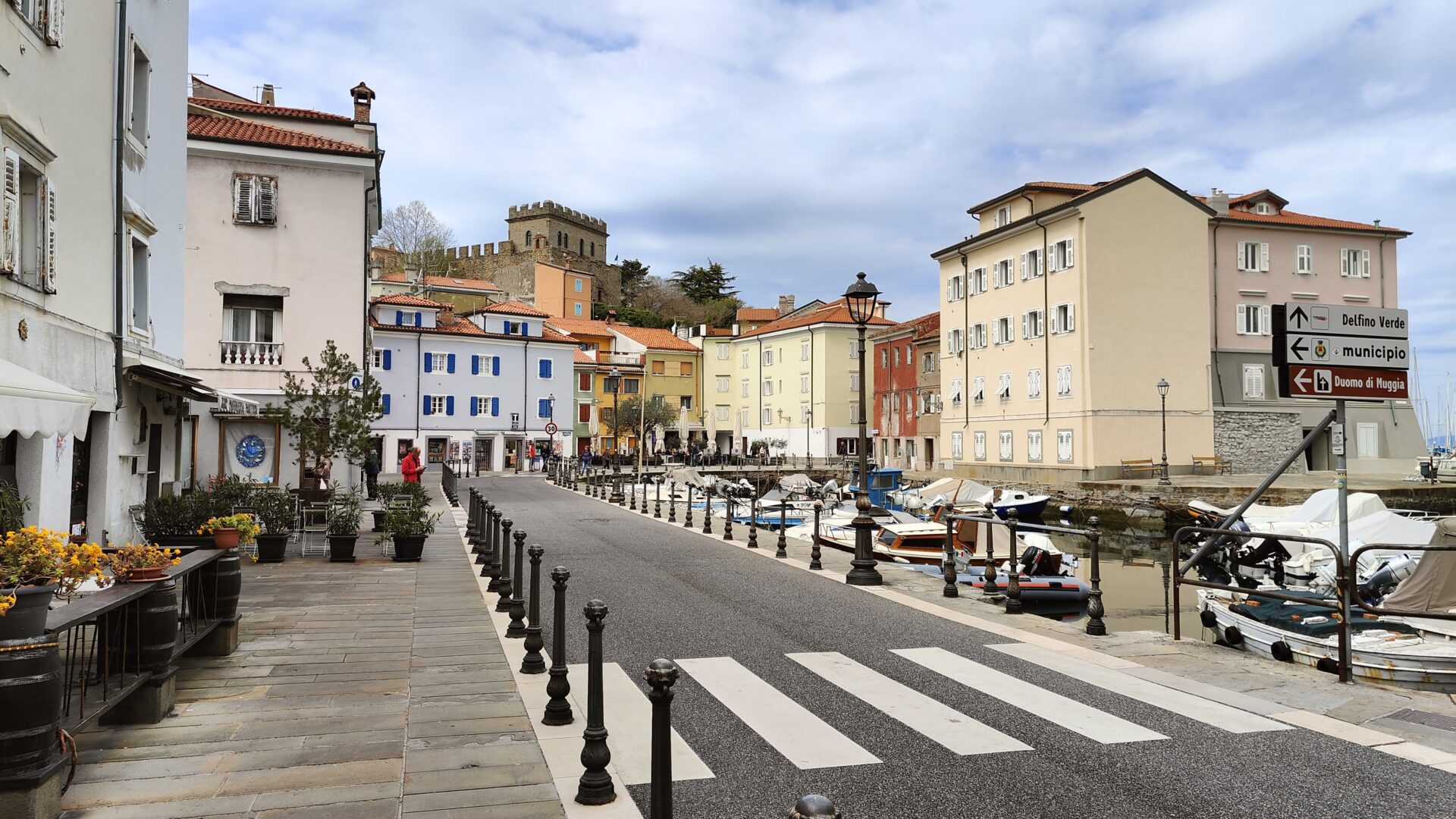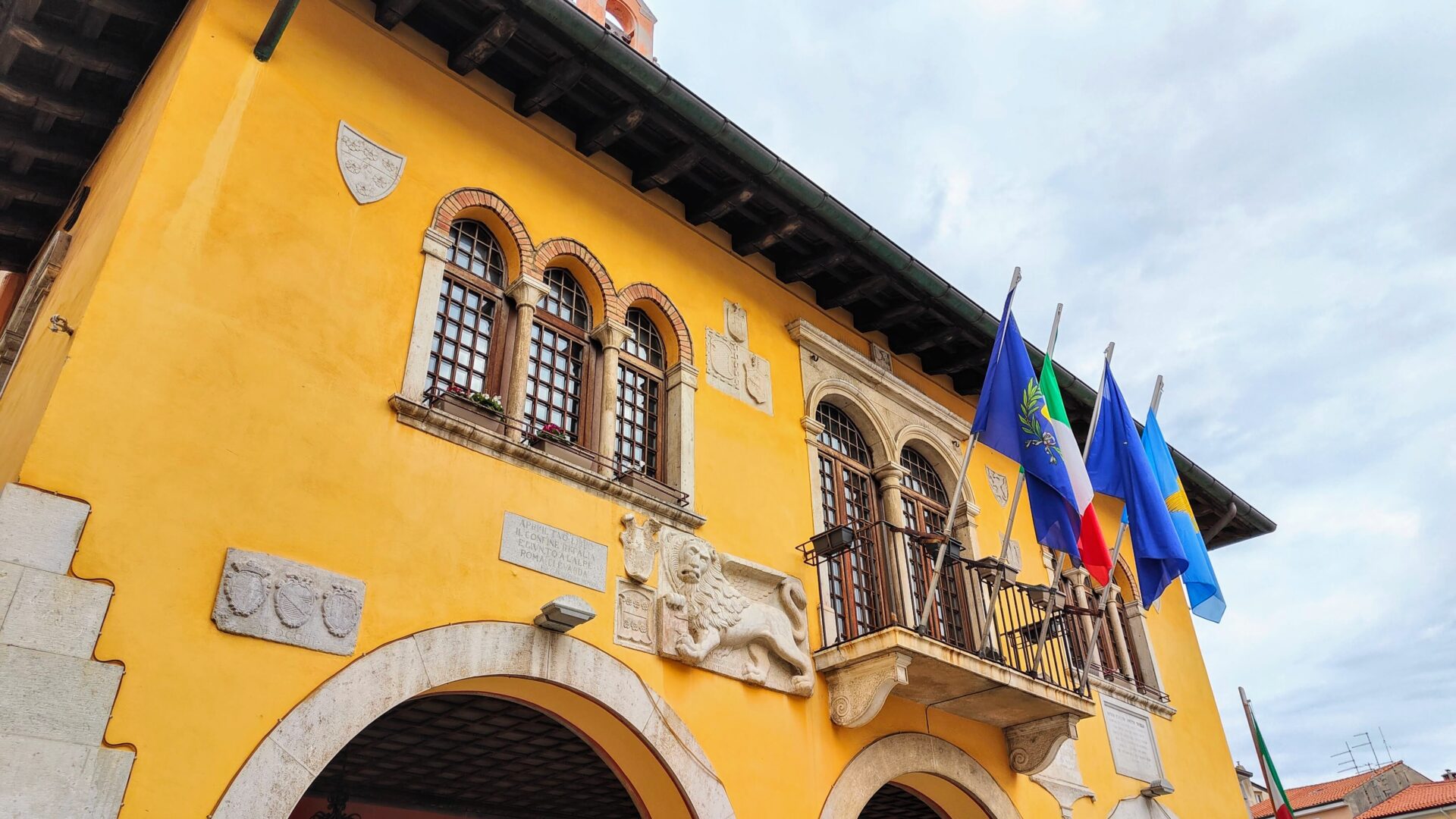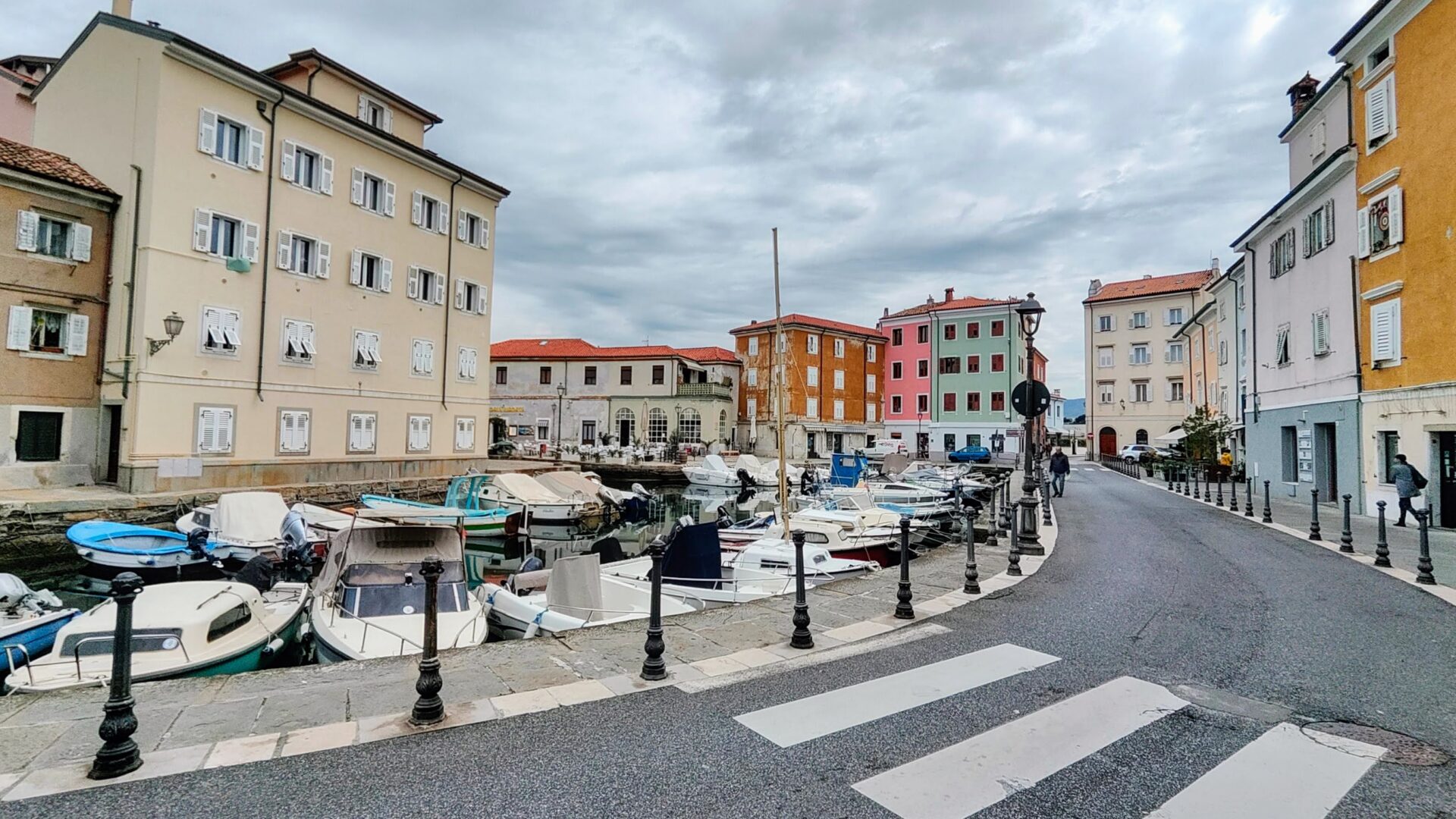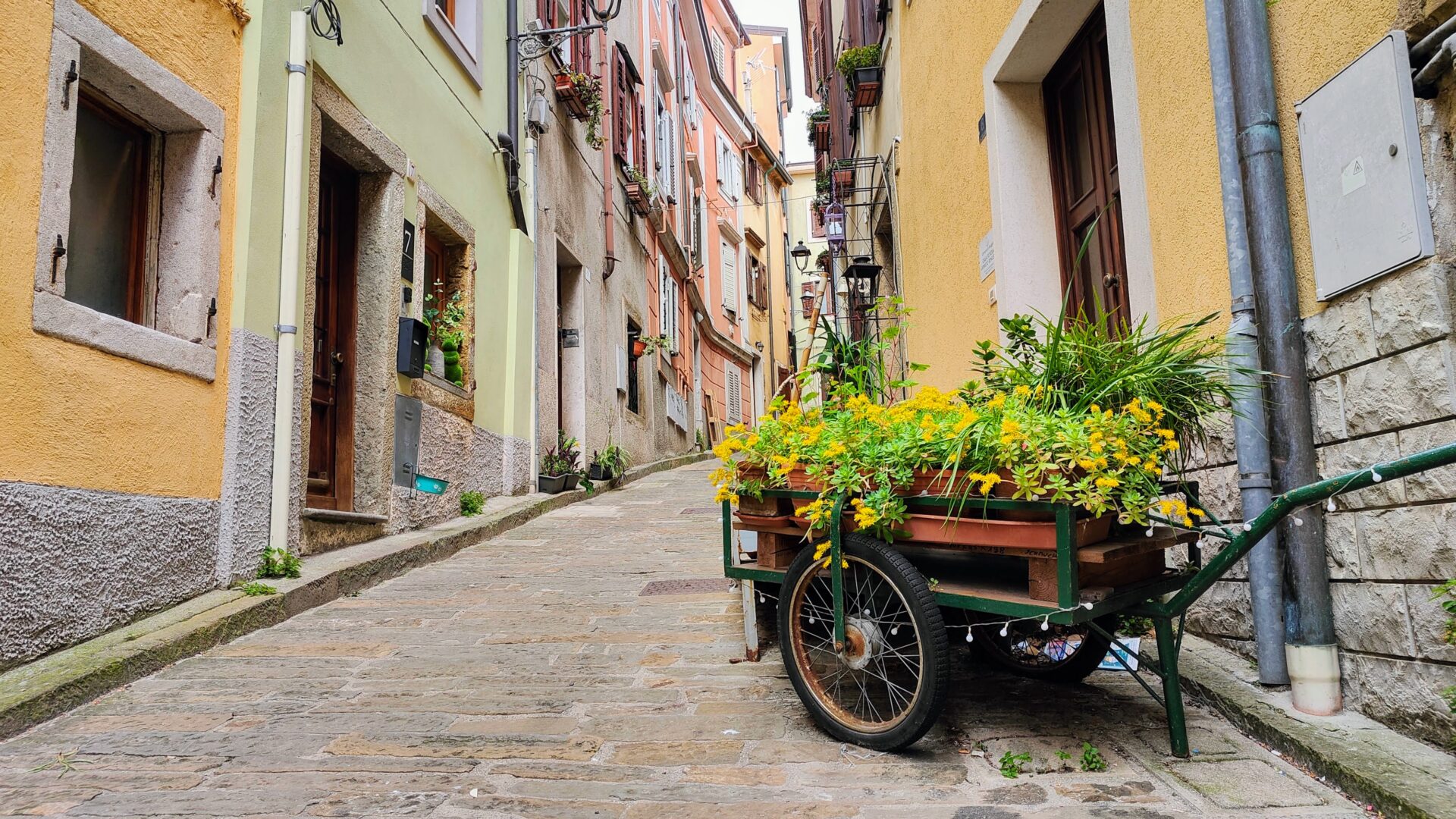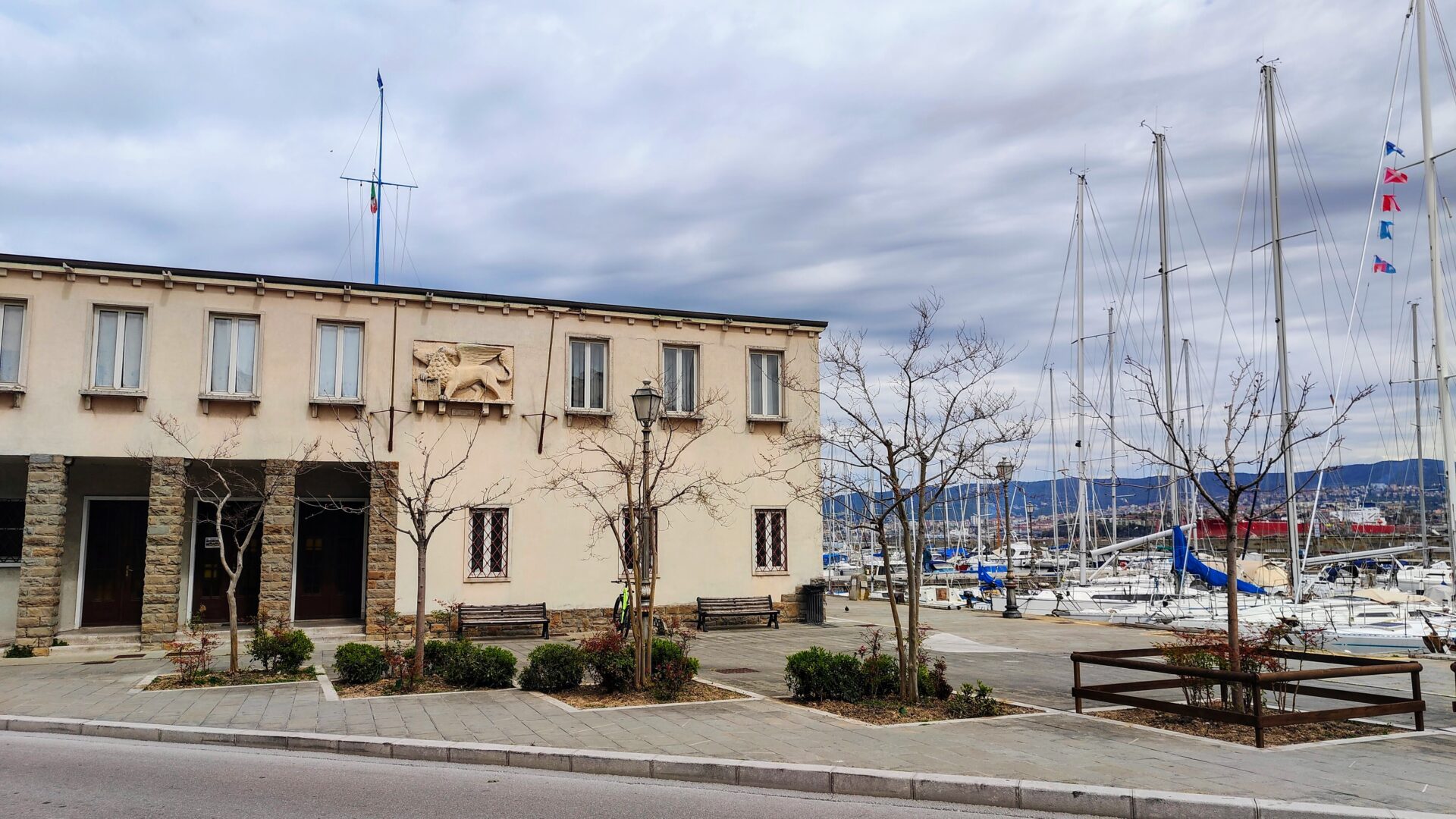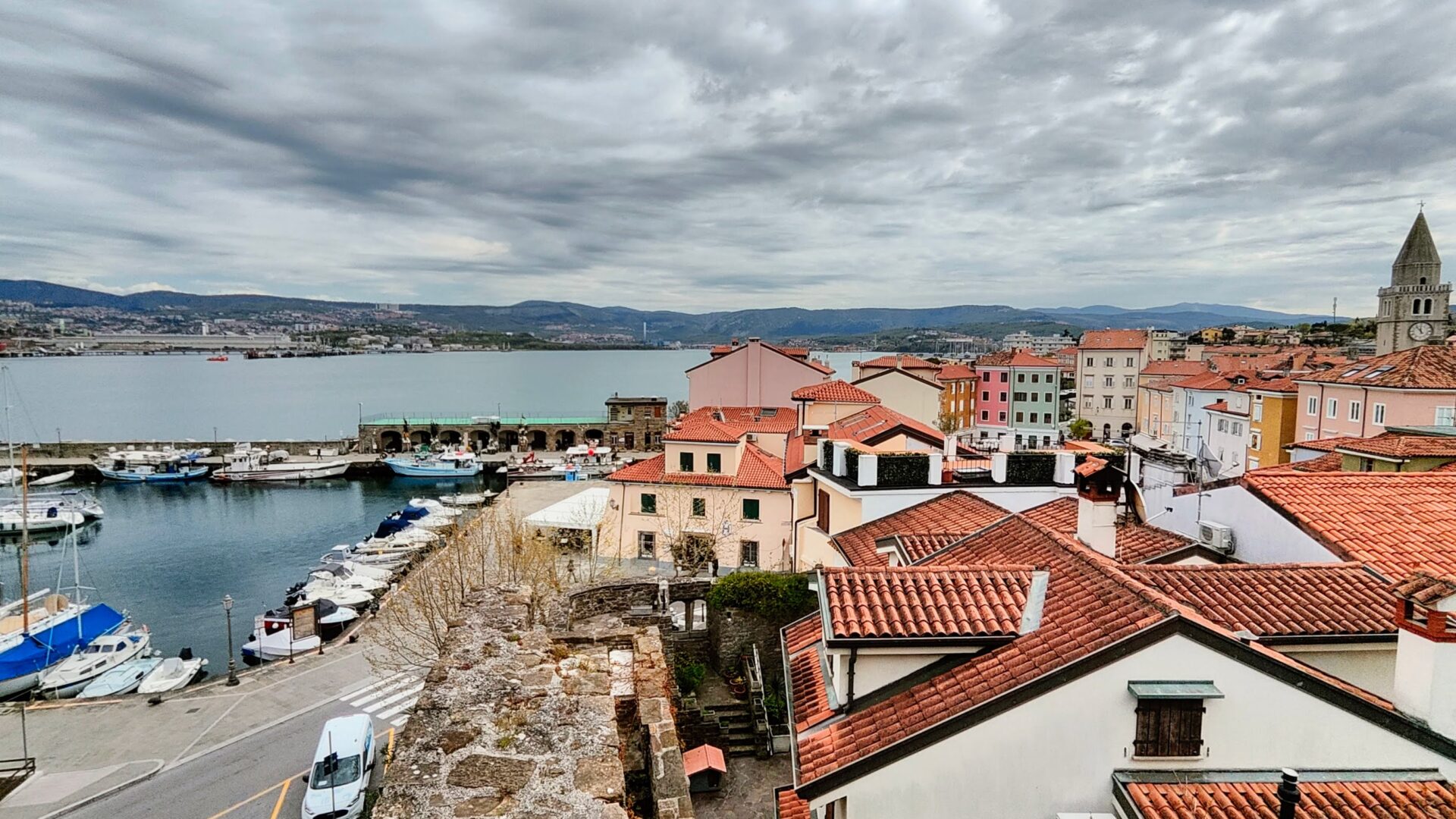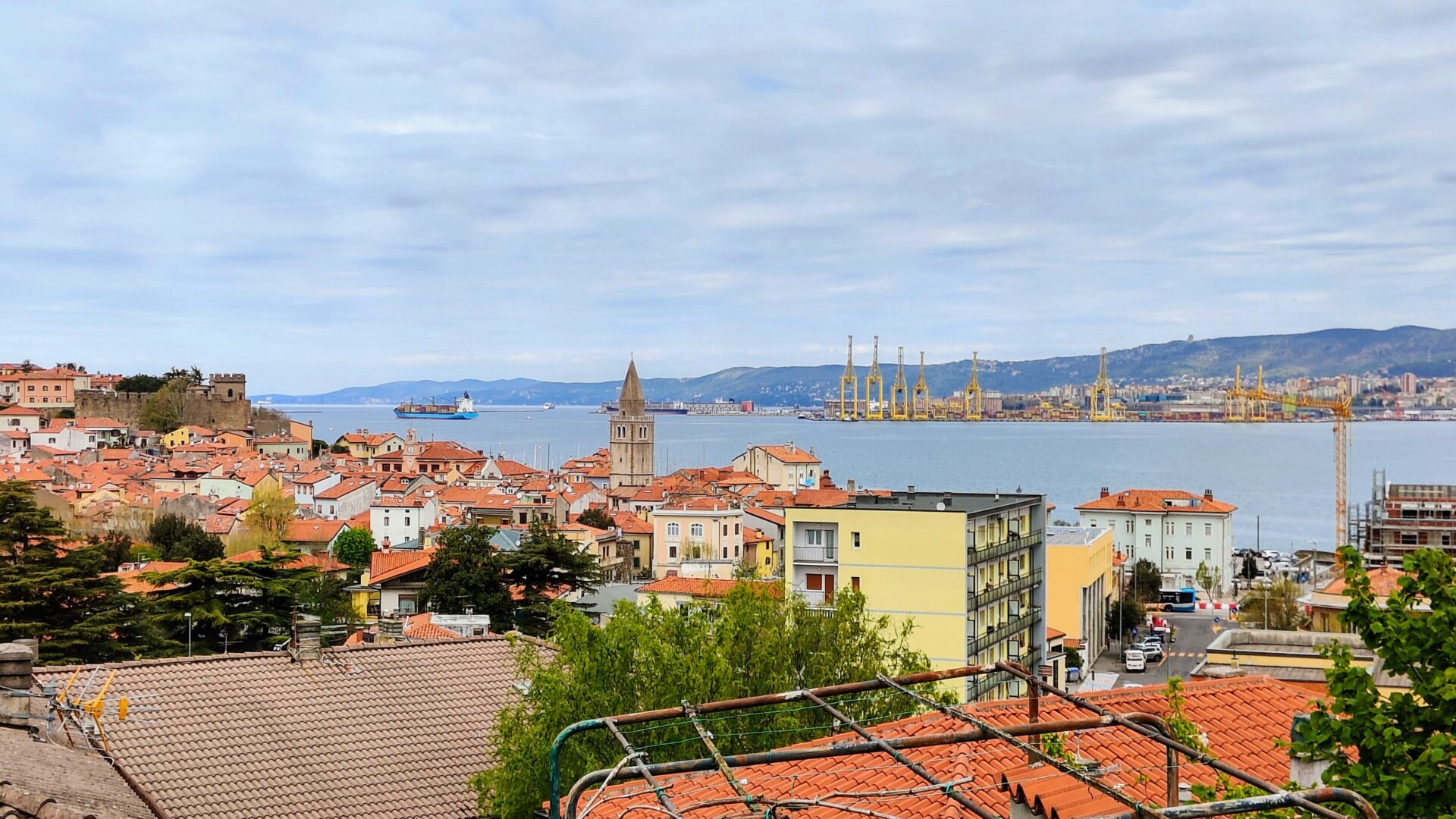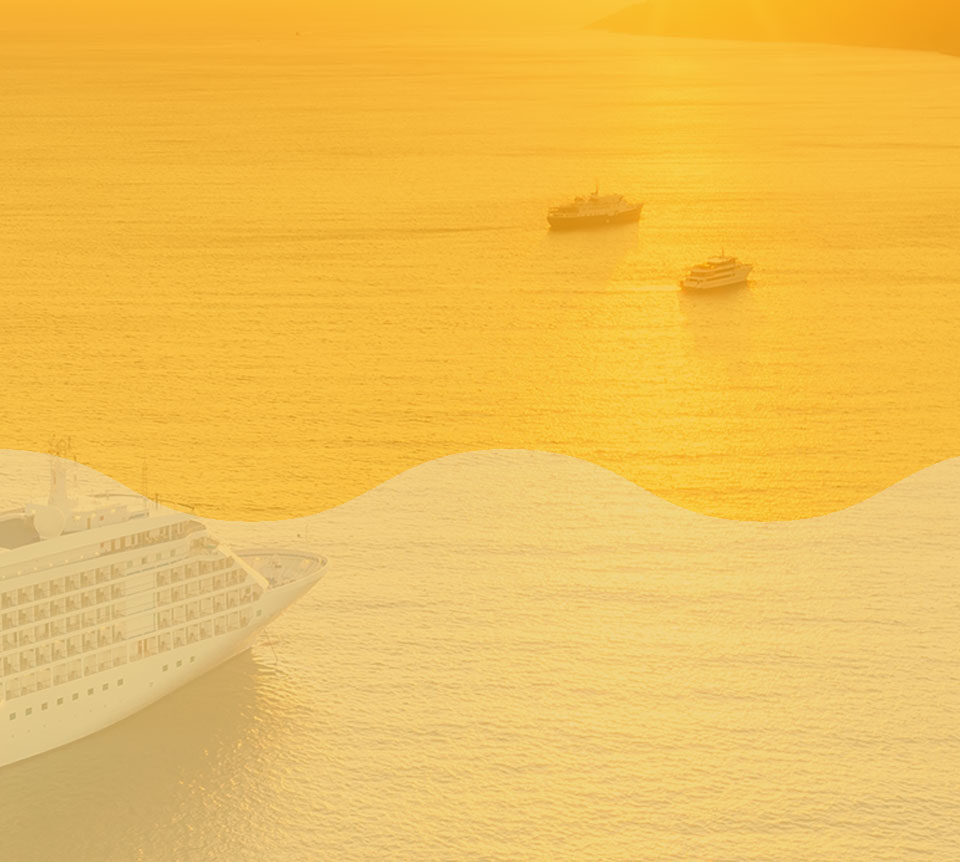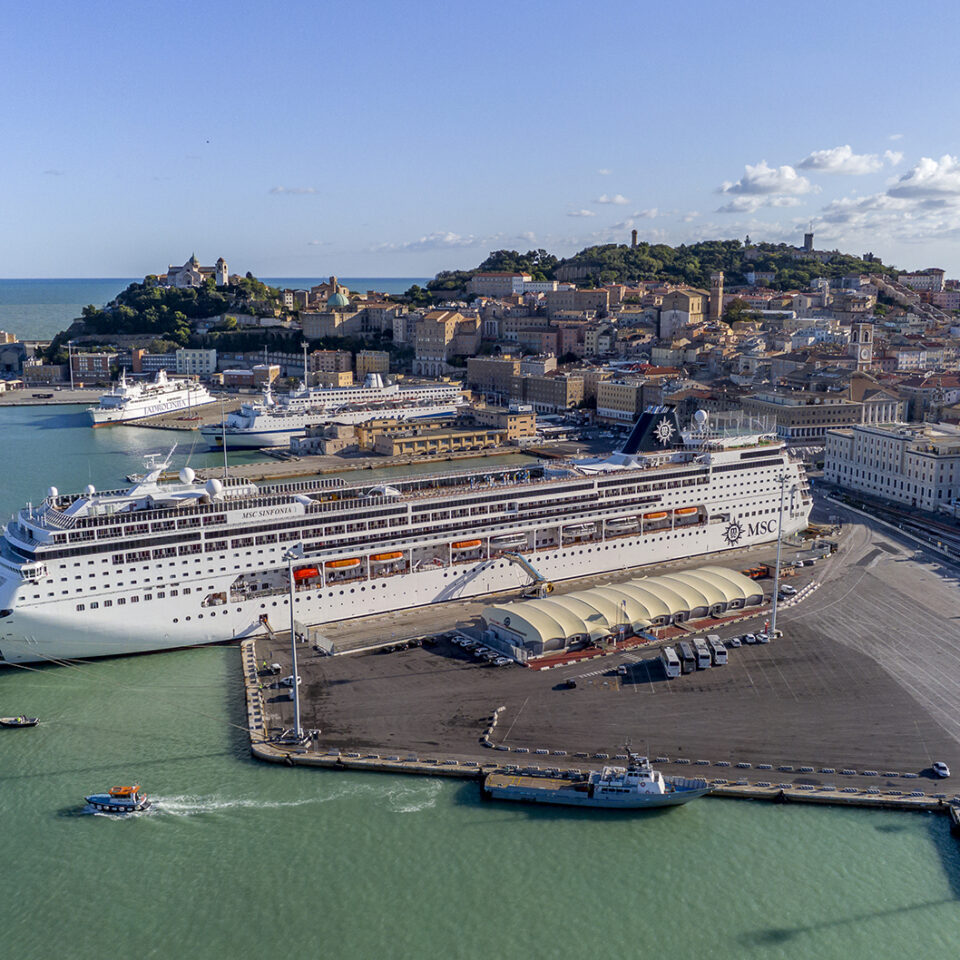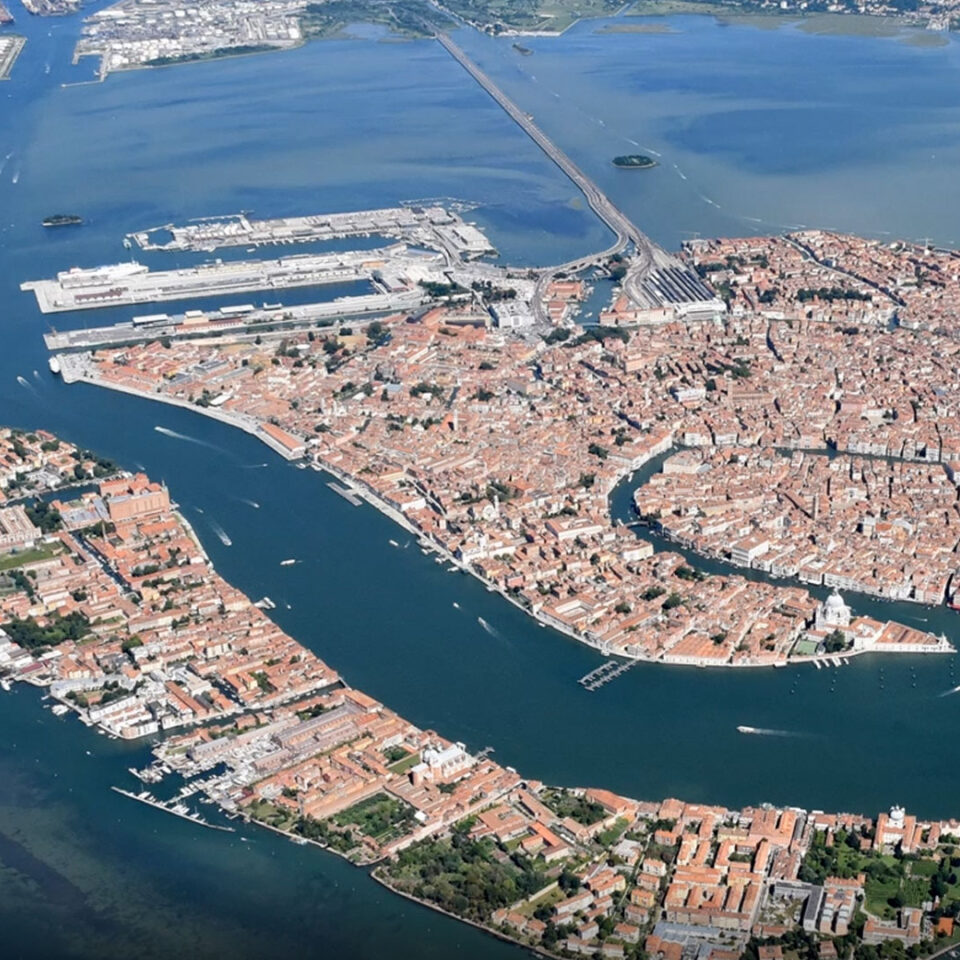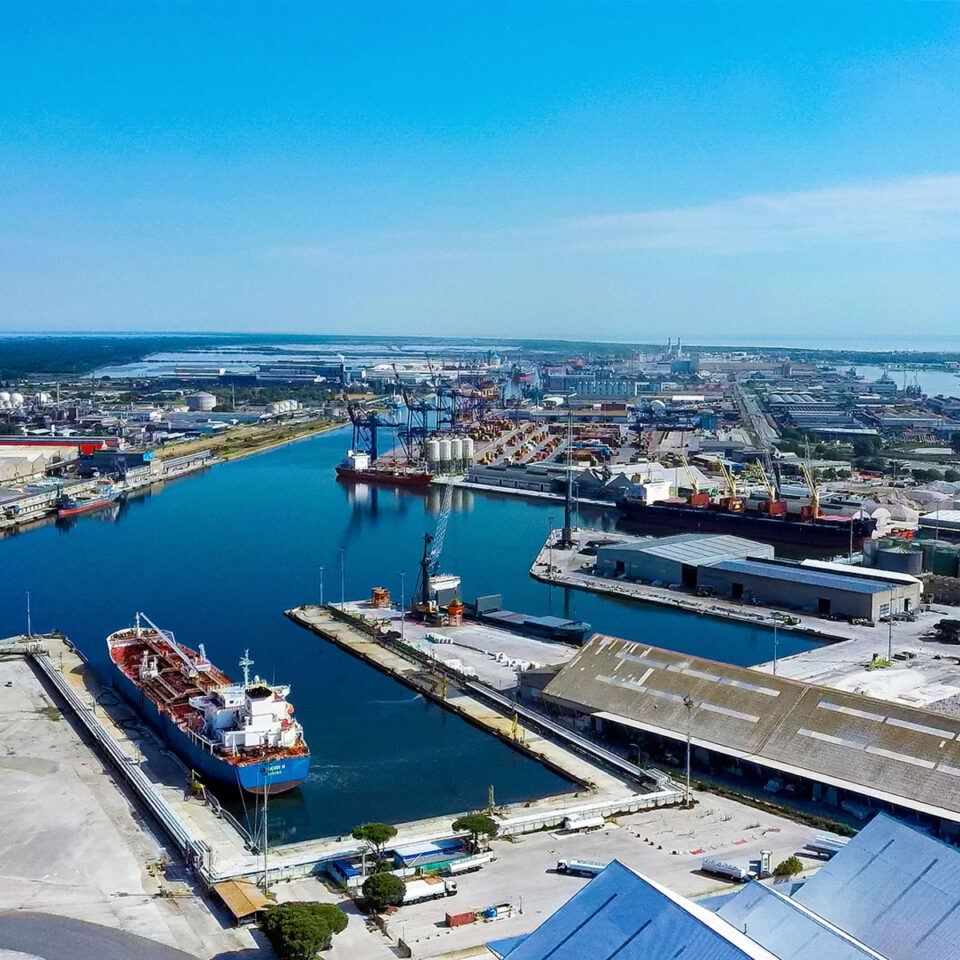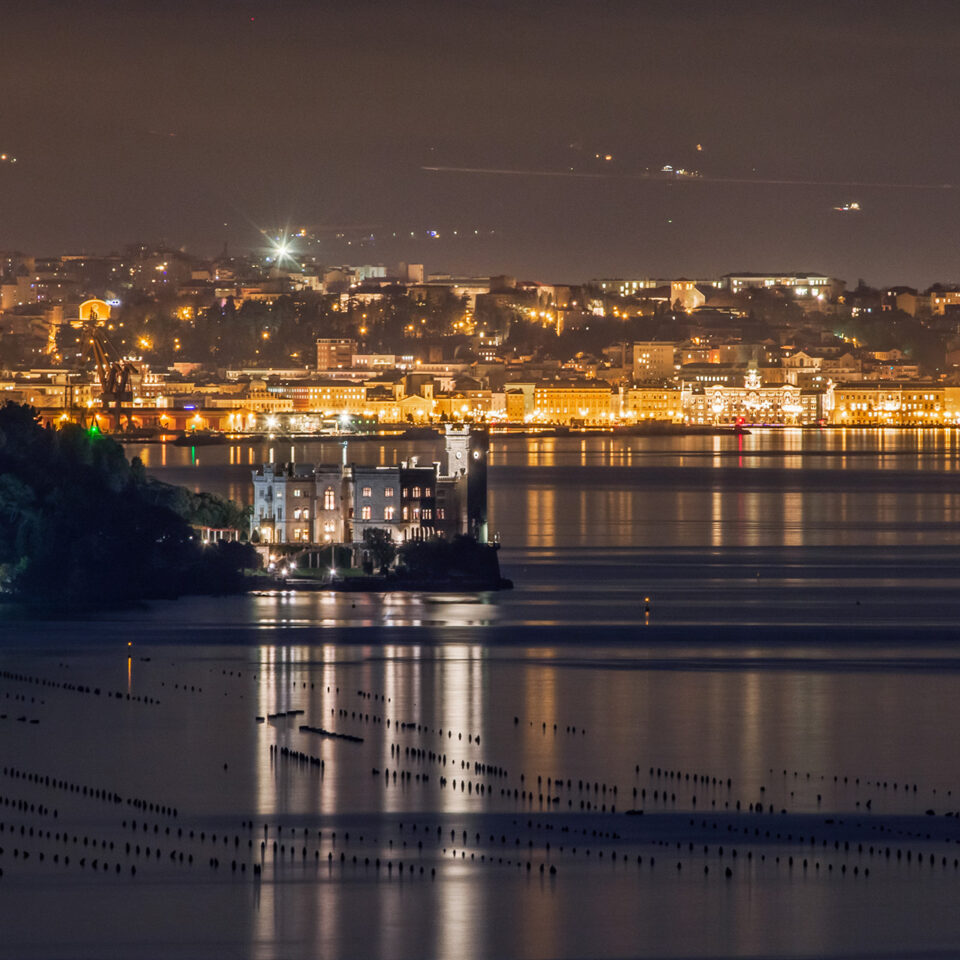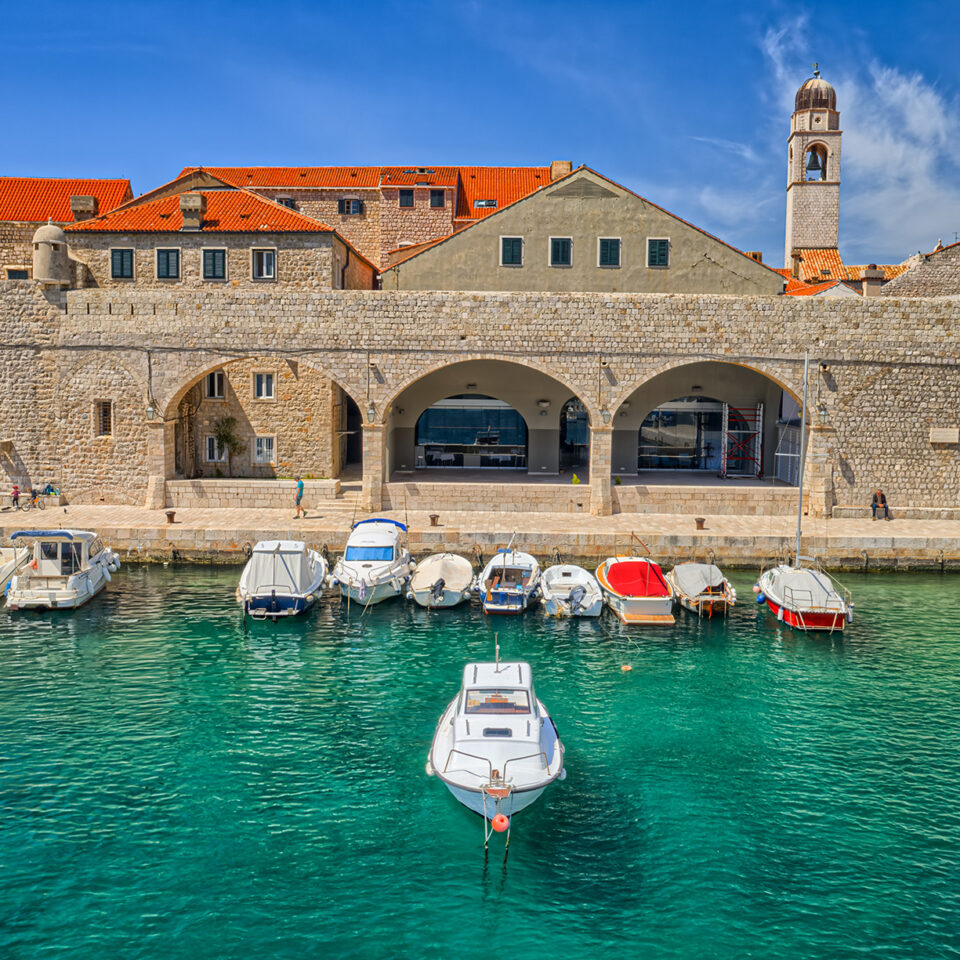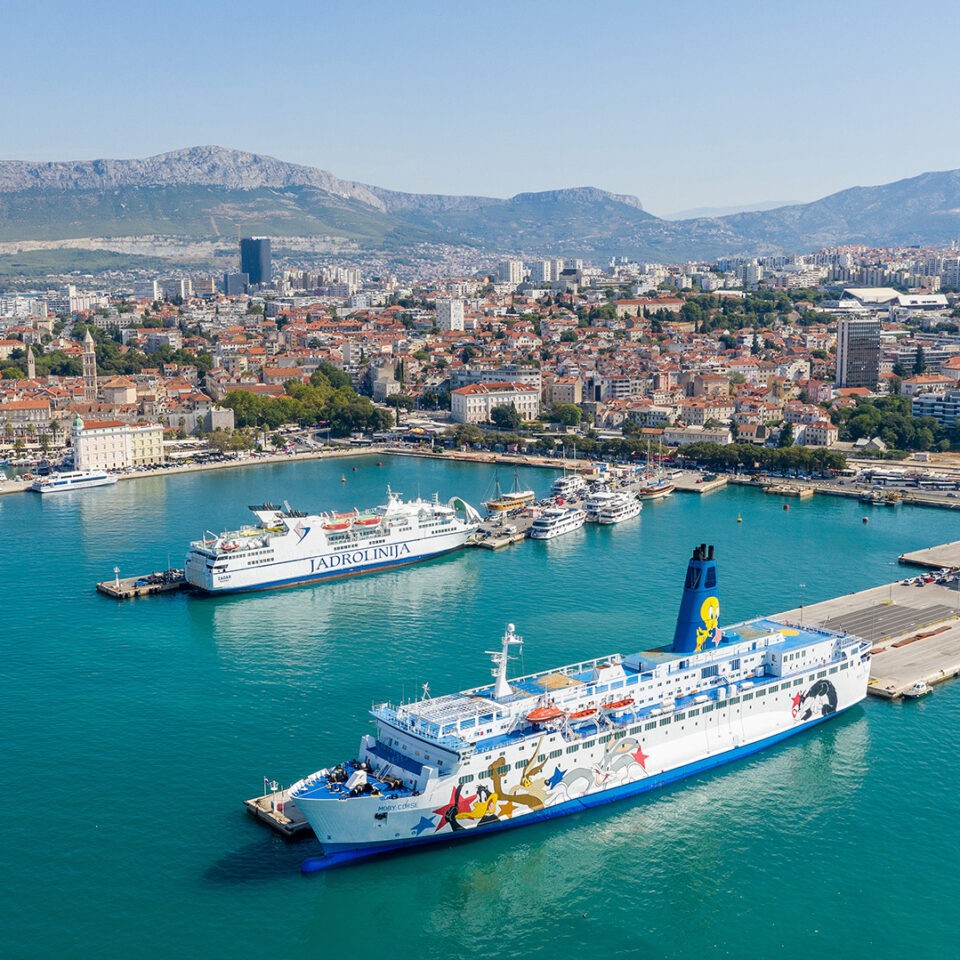

MUGGIA AND THE RELATION WITH VENETIAN REPUBLIC
Muggia, a colorful municipality located in the province of Trieste, presents itself as an area rich in history and culture, with a deep connection to the sea.
Muggia’s origins date back to a distant past, with evidence of prehistoric human settlement. However, it was in Roman times that the area gained greater importance, as evidenced by archaeological finds scattered throughout the territory. Its strategic location along maritime trade routes helped it prosper, turning it into an important center for sea-related trade and activities.
Over the centuries Muggia has been influenced by various dominations, including the Patriarchate of Aquileia, the Republic of Venice and the Habsburg Empire. Each of these has left a distinctive mark on the urban fabric, architecture and local traditions, helping to shape the unique identity of this seaside village.
The relationship with the Serenissima lasted for a good 300 years; the town passed to the Republic of Venice in 1420 with an act of dedication and shared its destiny whit it until 1797. The Venetian influences are evident in the dialect, a variant of Venetian with Istrian influences which still retains a strong vitality and is spoken with pride by the inhabitants, in the traditions, in the food, in the colorful houses that rise in the narrow streets of the center called “calli,” in the lively little squares, in the old coats of arms on the facades of the buildings, but above all in the splendid Piazza Marconi, an authentic Venetian square or “campiello.” It is overlooked by fine historic buildings such as the Town Hall, with its elegant Gothic-Venetian facade, and the City Hall with St. Mark’s Lions, the coats of arms of ancient noble families of Muggia and the names of the most representative Venetian mayors.
Muggia’s strong maritime vocation manifests itself in various aspects of its economic and social life. Fishing has been a major activity for centuries, providing sustenance and shaping local culture. The port, bustling with fishing boats and pleasure craft, is a symbolic place of this unbreakable connection with the sea.
A must-see is the annual Carnival parade!


